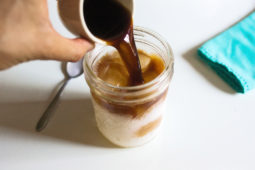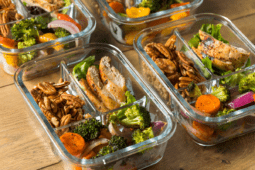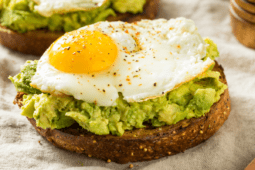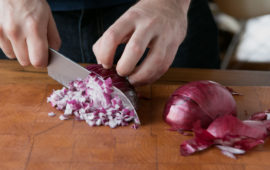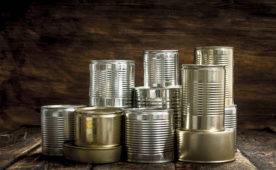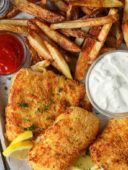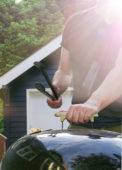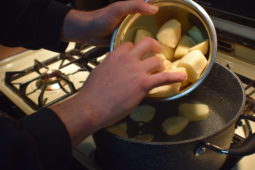How To Create A Microclimate for Growing Fruit Anywhere!
Fruit trees are a welcomed addition to landscaping design in almost any setting. And since ManMade living is all about providing for yourself whenever possible, what better way to do that than growing your own fruit? We at ManMadeDIY understand growing fruit trees outside of tropical regions isn’t easy, but it’s not impossible. Getting those trees to grow outside their dedicated climatic zone is a study in frustration, but we have a few simple guidelines you can follow to make it easier.
Start by Understanding Your Current Agricultural Zone
The United States Department of Agriculture (USDA) created a “Hardiness Zone Map” over a century ago. This map designates temperature extremes, ranging from arctic conditions in Zone 1 to tropical climates in Zone 10. In between resides much of the continental United States.
There are two directional determinations creating the colder zones of 1 through 4, latitude and elevation. As you move north, it gets colder, as you gain altitude, it also gets colder. Combine the two trends as is common in the Rocky Mountain West and you get a double-dose of quickly declining year-round temperatures.
Apples can be found in hardy varieties that can withstand the rigors of Zone 3. Peaches, pears, apricots, and cherries aren’t so resistant to cold. It isn’t just frost, but the plummeting of winter temperatures to -30 degrees Fahrenheit or colder that can stunt, or destroy these trees.
What we’re going to do is create a microclimate that artificially raises your zone numbers two or three points allows you to grow fruit in areas where it would be otherwise impossible.
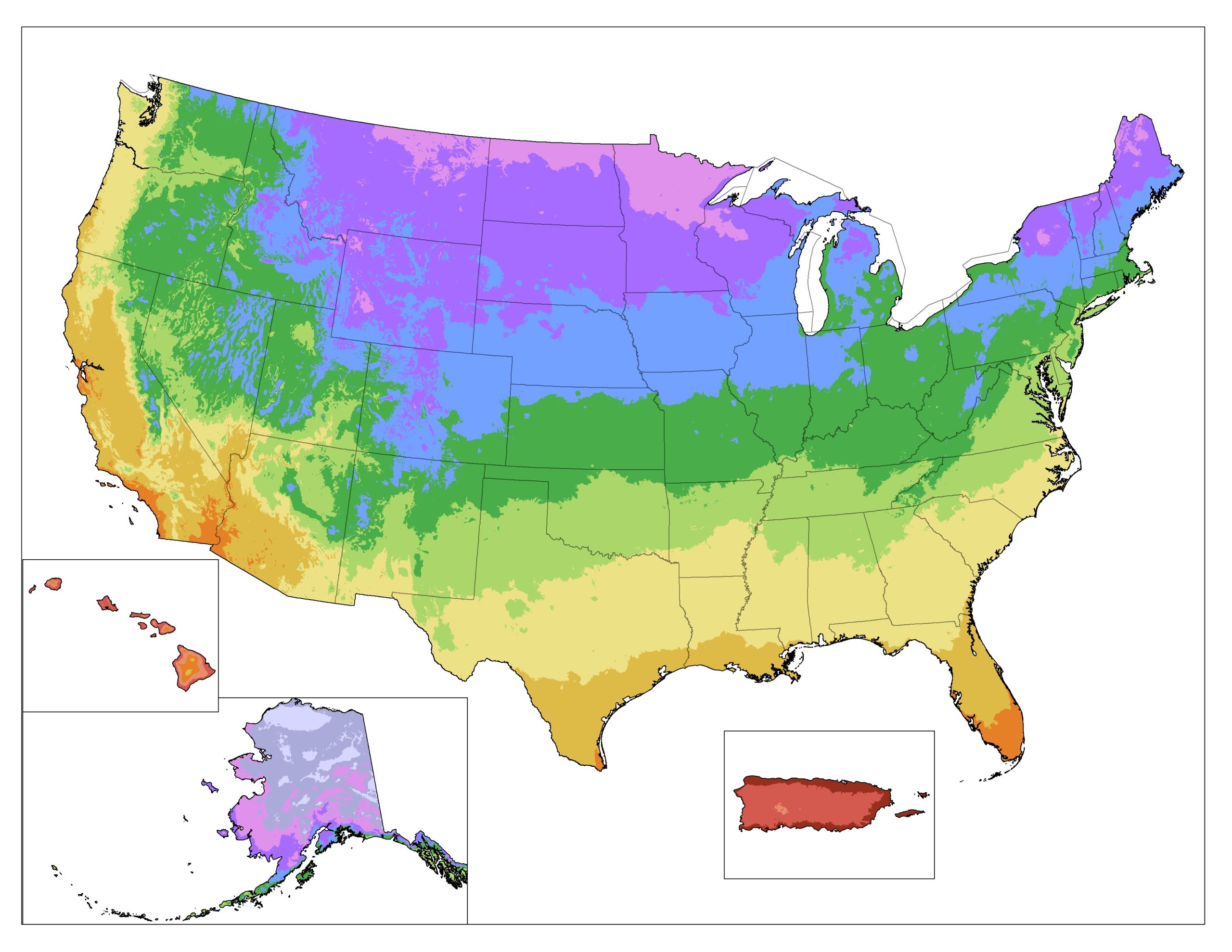
Creating a Microclimate
Figure Out Where the Wind Blows
Determine the prevalent wind direction in early spring. That is the time of blossoms, buds, and the first sprouting of leaves on apricot, pear, peach, and cherry trees. Figuring out the wind direction means you can figure out where to plant, and where NOT to plant.
Find a building, or coniferous windbreak, and plant those fruiting varieties on the leeward side. Wind rips blossoms off trees and is every bit as effective at destroying future fruit as cold temperatures.
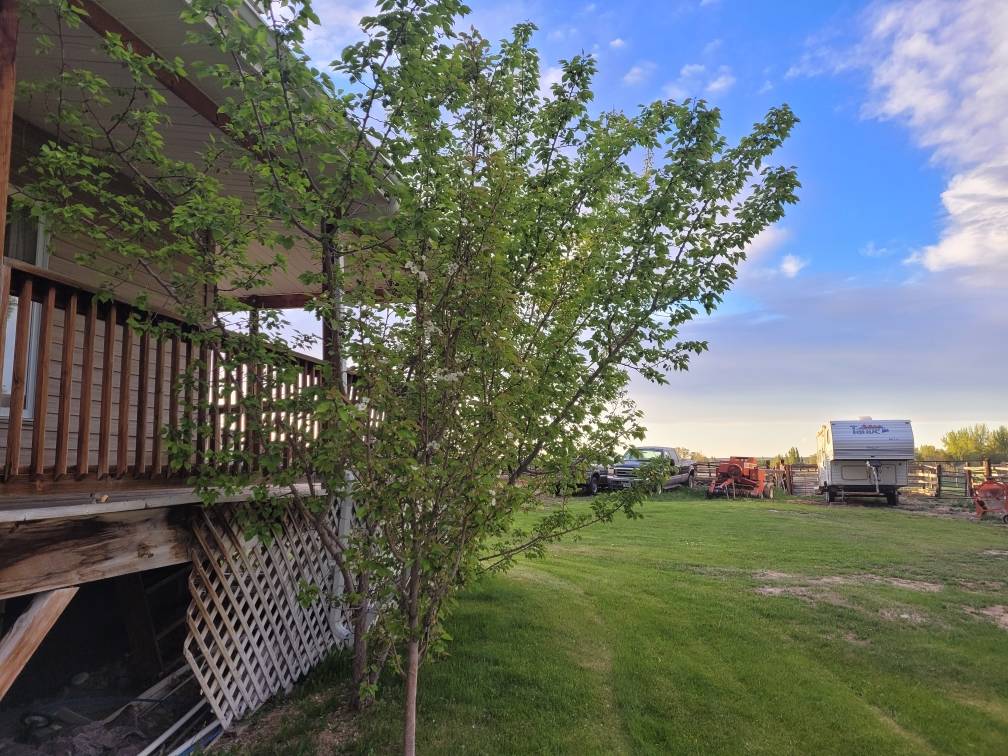
Plant in Pairs
Plant your trees in pairs, carefully selecting so they’ll cross-pollinate when the bees arrive in April and early May.
The ideal location is along the east side of a two-story home, preferably with an open walk-around deck that allows sunlight in the afternoon while protecting from the prevailing west and northwest winds that plague the Rockies and Great Plains.
Take a look at the two trees below. The first is protected by the deck in the photo above. The second is used as a pollinator but exposed to the elements just 12 feet east of the blooming pear tree.
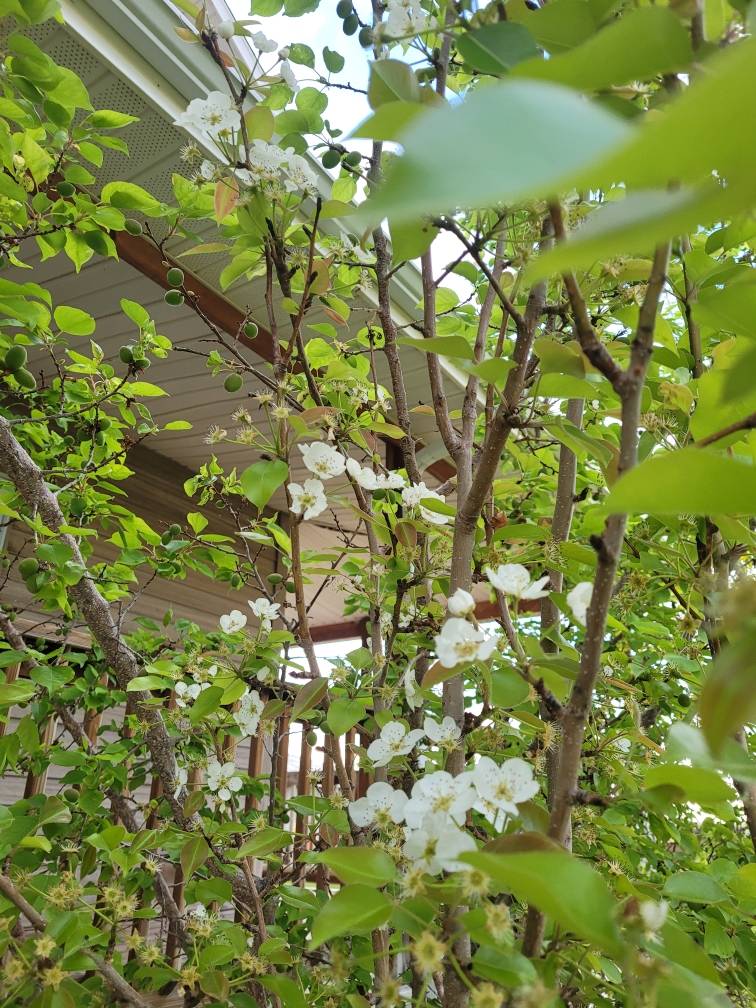
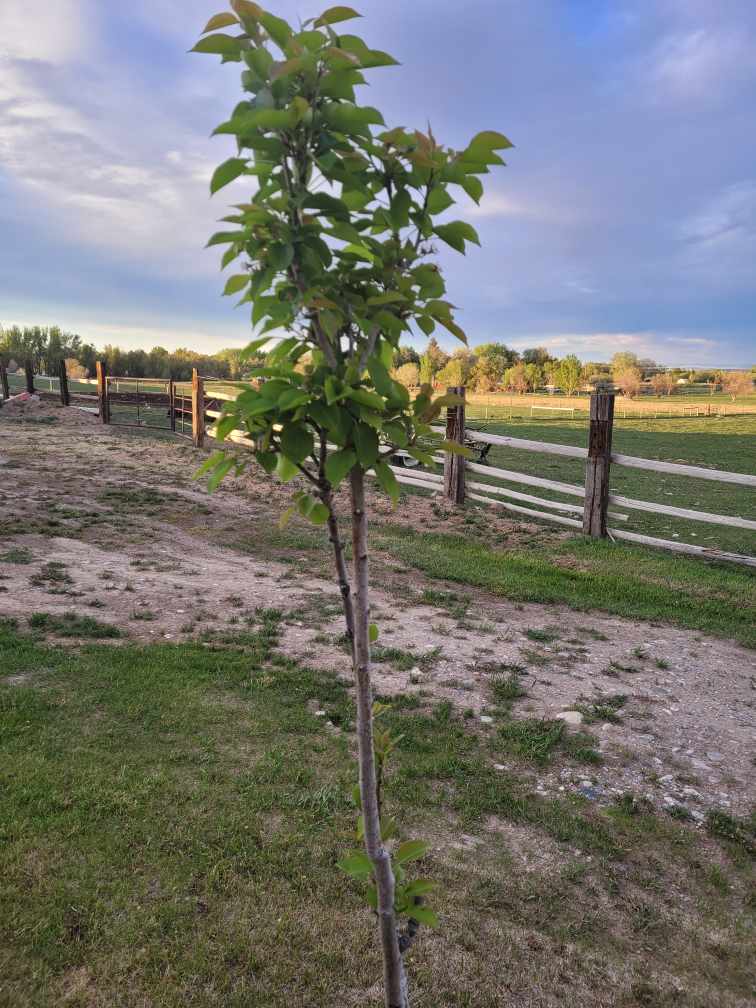
Makeshift Windbreaks Can Be Helpful
A good idea is to have a couple of heavy tarps, or full sheets of plywood available for a makeshift windbreak if the howling winds of early spring descend on your little orchard. Blocking the wind ensures tree survival.
Locating trees close to an overhanging roof or deck provides frost protection as well. The escaped heat of a home is often enough to protect trees from frost even when the temperature drops into the 20s in April and May.
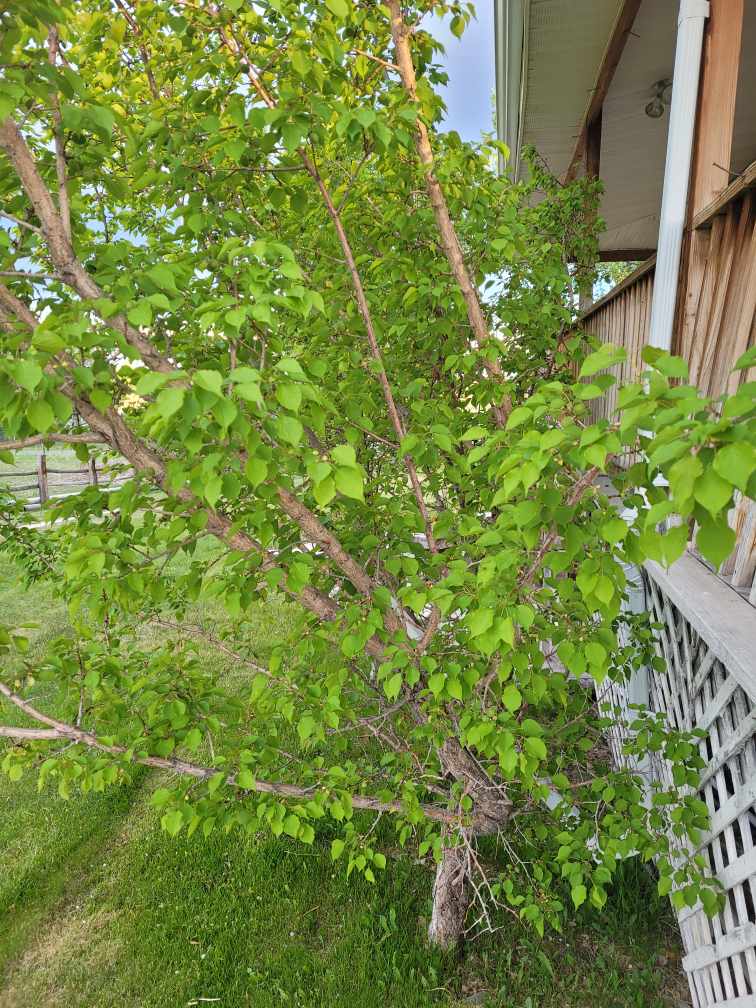
Choose Ice of Frost if Necessary
As a last resort, you can run a lawn sprinkler over your trees if a freak cold spell drops the temperature to single digits or even zero. Ice doesn’t damage sprouting limbs, frost does. The ice formed by the sprinkler will insulate the trees.
Thankfully, most spring storms in this region only last a few hours, or at most a couple of days. Your trees can survive that assault with careful planning and protection by you.
Mother nature can be fickle, and she seems to hate fruit trees more than any other species. The wind direction will change on you without notice, so be prepared. Your building will shelter from one direction, but if the freezing gale comes from the east, south, or due north, you can still protect your plants by driving a high-profile vehicle between them and the wind. A big pickup, camper trailer, or tractor set between the trees and the approaching storm will protect your trees enough to allow them to set fruit later in the season, and you’ll still have a crop of apricots in August, cherries, and peaches in September and pears in early October if you take these precautions.
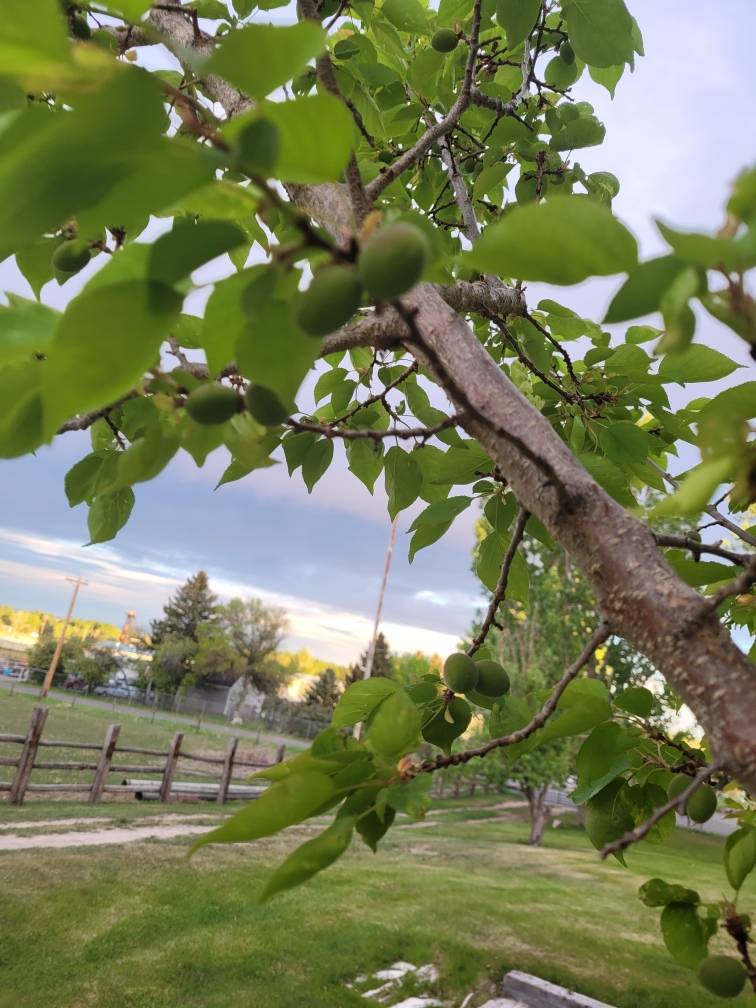
This fruit tree obsession might seem to border a bit on side of madness, but it’s all in a day’s work when you’re trying to get something to grow, produce fruit and flourish in a region where everyone else says it is impossible. It’s not.

